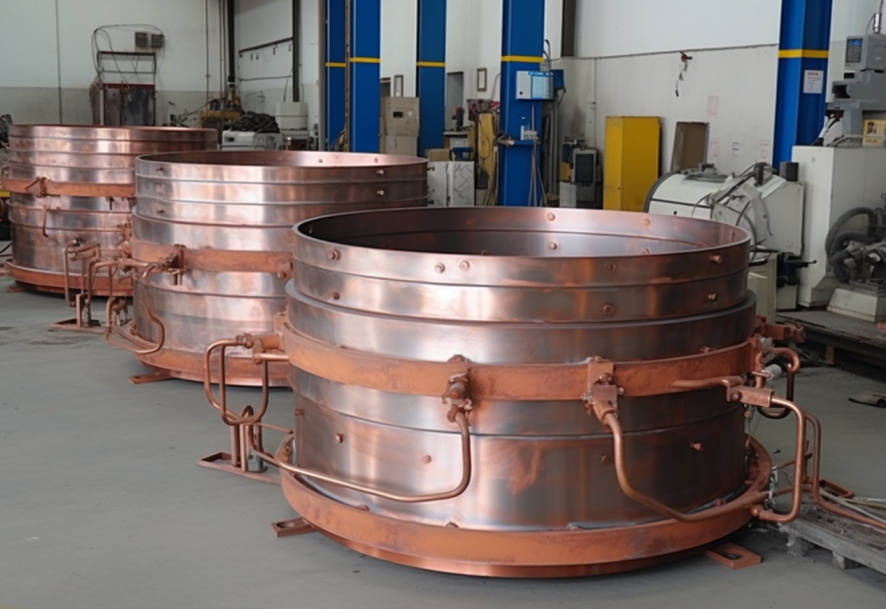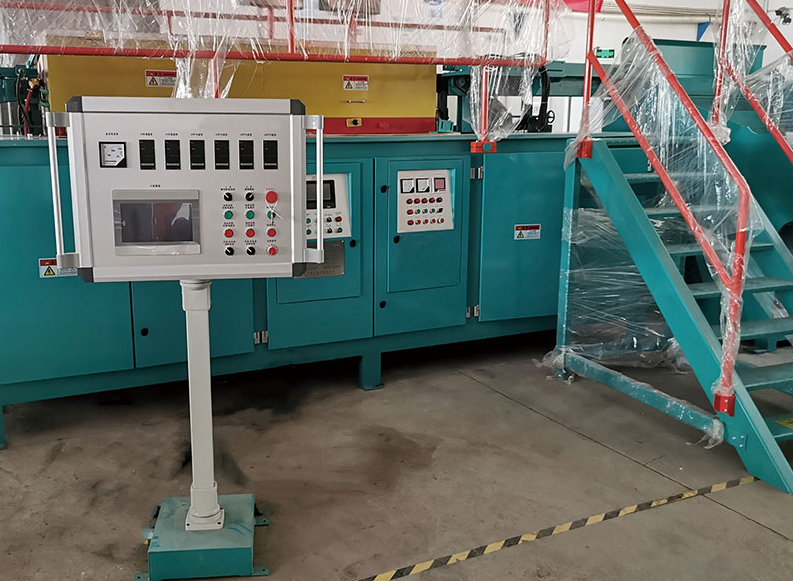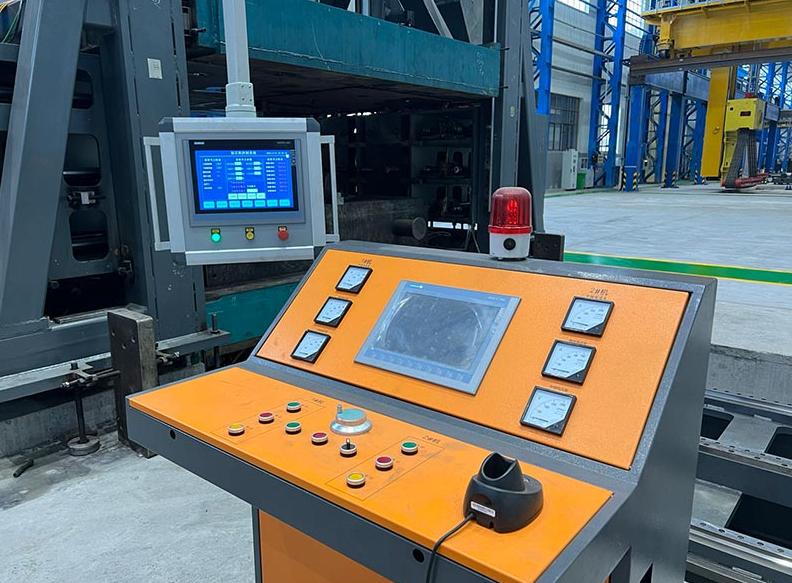Why Choose Induction Melting Furnaces for Your Metal Melting Projects?
Discover the efficiency and precision of induction melting furnaces from Taizhou Hongkang Electric Co., Ltd. Ideal for diverse metal melting projects, these furnaces offer enhanced energy efficiency, superior product quality, and increased safety. Customizable to meet specific needs, induction furnaces solve industry challenges related to energy consumption, product consistency, and environmental concerns. Contact us at +86 13801431998 or sales@hkfrequencyfurnace.com to learn how our induction melting solutions can revolutionize your metalworking processes.
Understanding Induction Melting Furnaces
What is an Induction Melting Furnace?
An induction melting furnace is a sophisticated piece of equipment used to melt metals through electromagnetic induction. This process involves generating heat within the metal itself using alternating electrical currents. Unlike traditional furnaces that rely on external heat sources, induction furnaces are highly efficient and provide precise control over the melting process.
Core Components of an Induction Melting Furnace
Induction melting furnaces comprise several key components: the power supply unit, the induction coil, the crucible, and the cooling system. The power supply unit generates the alternating current, which flows through the induction coil, creating a magnetic field. The crucible, often made of refractory materials, holds the metal to be melted. The cooling system ensures the furnace operates at optimal temperatures and prevents overheating.
Types of Induction Melting Furnaces
Induction furnaces come in various types, each suited for different applications. Coreless induction furnaces are ideal for melting and alloying a wide range of metals, while channel induction furnaces are better suited for holding and superheating molten metal. The choice of furnace depends on factors such as the type of metal, desired melting temperature, and production volume.
Utilizing Induction Melting Furnaces for Metal Melting Projects
Preparing the Furnace for Operation
Before using an induction melting furnace, it is crucial to conduct a thorough inspection. Ensure that the power supply, induction coil, and crucible are in good condition. Check for any signs of wear or damage that could affect performance. Additionally, verify that the cooling system is functioning properly to prevent overheating during the melting process.
Loading and Melting Metal
Once the furnace is ready, load the metal into the crucible. The type and form of the metal—such as ingots, scrap, or powder—can influence the melting process. Set the desired temperature on the control panel and initiate the power supply. The induction coil will generate a magnetic field, heating the metal uniformly. Monitor the process closely to ensure consistent melting and avoid overheating.
Pouring and Handling Molten Metal
After the metal has reached the desired molten state, carefully pour it into molds or casting forms. This step requires precision and safety measures, as molten metal can be extremely hazardous. Use appropriate protective gear and tools to handle the molten metal. Allow the castings to cool and solidify before proceeding with further processing or quality checks.
Industry Challenges in Metal Melting
Energy Consumption and Efficiency
One of the primary challenges in the metal melting industry is high energy consumption. Traditional melting methods often involve significant energy losses and inefficiencies, leading to increased operational costs and environmental impact.
Maintaining Product Quality
Ensuring consistent product quality is another critical challenge. Variations in temperature, melting times, and impurities can result in defects and inconsistencies in the final product. Maintaining precise control over the melting process is essential to produce high-quality metal products.
Environmental and Safety Concerns
Metal melting processes pose environmental and safety risks. Emissions from combustion-based furnaces contribute to air pollution, while handling molten metal presents safety hazards. Addressing these concerns requires implementing advanced technologies and stringent safety protocols.
Solving Industry Challenges with Induction Melting Furnaces
Enhancing Energy Efficiency
Induction melting furnaces significantly enhance energy efficiency compared to traditional methods. The induction process directly heats the metal, minimizing energy losses and reducing overall consumption. This efficiency translates to lower operational costs and a smaller environmental footprint.
Improving Product Quality
Induction furnaces offer precise control over the melting process, ensuring uniform heating and reducing the risk of impurities. This precision results in higher-quality metal products with fewer defects. Advanced control systems allow operators to monitor and adjust parameters in real-time, maintaining consistent quality throughout the melting process.
Promoting Safety and Environmental Responsibility
Induction melting furnaces operate without combustion, eliminating harmful emissions associated with traditional furnaces. This makes them a more environmentally friendly option. Additionally, modern induction furnaces are equipped with safety features such as automatic shut-off and temperature control, enhancing workplace safety and reducing the risk of accidents.
Customizing Your Induction Melting Furnace
Assessing Your Needs
The first step in customizing an induction melting furnace is to assess your specific needs. Consider factors such as the type of metals you will be melting, the required melting temperatures, and your production volume. Understanding these requirements will help in selecting the right furnace configuration and features.
Working with the Manufacturer
Collaborate closely with the furnace manufacturer, such as Taizhou Hongkang Electric Co., Ltd., to tailor the furnace to your specifications. Discuss your needs and preferences, and provide detailed information about your melting projects. The manufacturer can recommend suitable furnace models, customization options, and additional features to meet your needs.
Implementing Custom Features
Customizing an induction melting furnace may involve adding or modifying features such as enhanced control systems, specialized crucibles, and advanced cooling solutions. Ensure that the chosen features align with your operational goals and improve the overall efficiency and effectiveness of the melting process. Regular communication with the manufacturer during the customization phase ensures that the final product meets your expectations.
For more information or to inquire about induction melting furnaces, contact Taizhou Hongkang Electric Co., Ltd. at +86 13801431998 or email sales@hkfrequencyfurnace.com.
Conclusion
In conclusion, induction melting furnaces from Taizhou Hongkang Electric Co., Ltd. offer a transformative solution for metal melting projects. By enhancing energy efficiency, improving product quality, and promoting safety, these advanced furnaces address key industry challenges. Customizable to meet specific needs, they provide precise control over the melting process, ensuring consistent and high-quality results. For businesses seeking to optimize their metal melting operations, induction melting furnaces represent a modern, efficient, and environmentally friendly choice. Contact us to explore how these innovative furnaces can benefit your operations.



